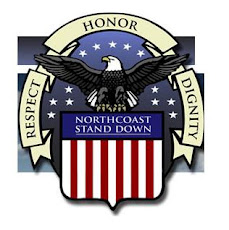
This is from George Kangas and is an eye opening break down of how Palco and other timber companies determine how much lumber is in each tree.
The PALCO case is based on the timberlands being worth $605 million by Forester James Fleming and his use of Scribner's Book of Scaling Logs. This formula determines how much timber there is in a tree. This Book was created in the 1880's to try and determine how much timber there was in an oldgrowth Redwood tree that had 10 inches of bark. It was updated in the early 60's.
Today, this means that the Actual Board Feet in a tree using the Scribner's Method is under valued by 100%. In these terms: One-half of every load of logs, on most logging truck you see, isn't documented. A load of small logs, with a butt end of 5", or 'pecker poles', are worth 200% over the Scribner Method and are not documented, either.
The true value of the 210,000 acres, that are up for grabs, in a Texas Courtroom, is worth more then the noteholders realize.
Today, this means that the Actual Board Feet in a tree using the Scribner's Method is under valued by 100%. In these terms: One-half of every load of logs, on most logging truck you see, isn't documented. A load of small logs, with a butt end of 5", or 'pecker poles', are worth 200% over the Scribner Method and are not documented, either.
The true value of the 210,000 acres, that are up for grabs, in a Texas Courtroom, is worth more then the noteholders realize.
I have sold logs to P/L in the 90's and got one/half of actual value. McMillian Logging explained the Scribner's formula to me and there wasn't anywere else to go. I have had other tree's milled up on my property, since then, using the portable LUCUS sawmill, with an air cooled engine,and it cuts one hundred per cent over Scribner's. I paid the difference in money.















1 comment:
I think what George is trying to say here is that the lumber companies are not reporting all of their assets. If this is true, they aren't paying the taxes they should be paying.
Post a Comment